Whether venomous or harmless, spiders are among the most unsettling pests to find indoors. In South Texas, species like black widows and brown recluses pose genuine health risks, while common house and wolf spiders can still cause fear and discomfort for homeowners. Spiders thrive wherever insects are present, meaning their activity often signals a larger pest problem. Left unchecked, they can leave behind webs, egg sacs, and droppings that quickly diminish a property’s appearance—especially in attics, basements, and garages. At LONESTAR Pest Solutions, our team identifies the species involved, locates nesting and feeding sites, and eliminates both spiders and the underlying insect sources that attract them.
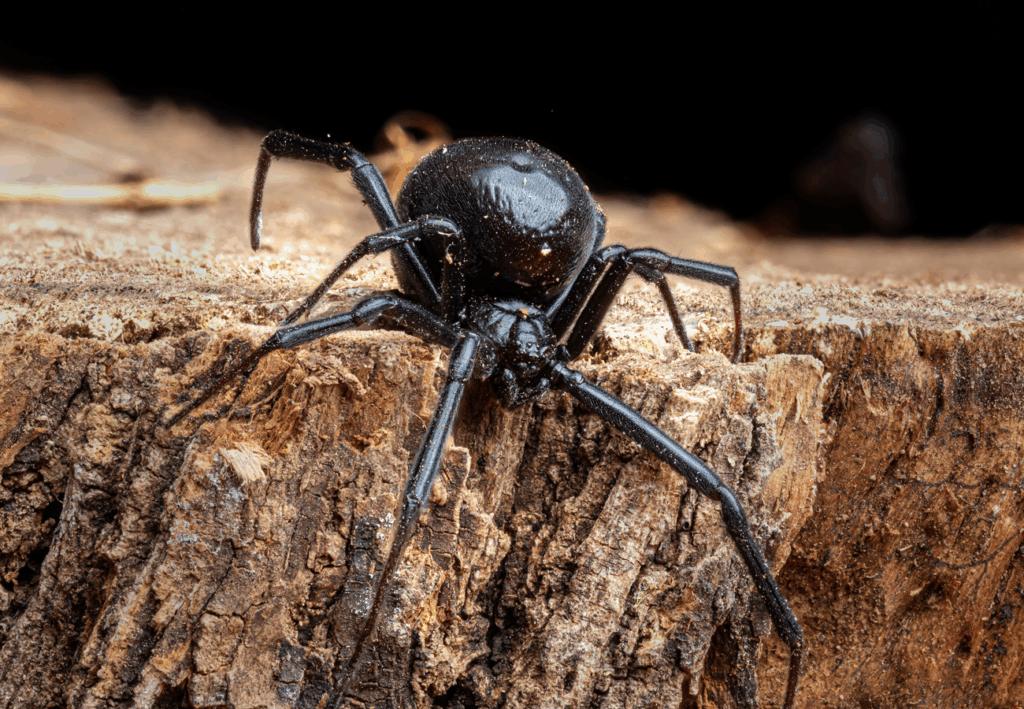
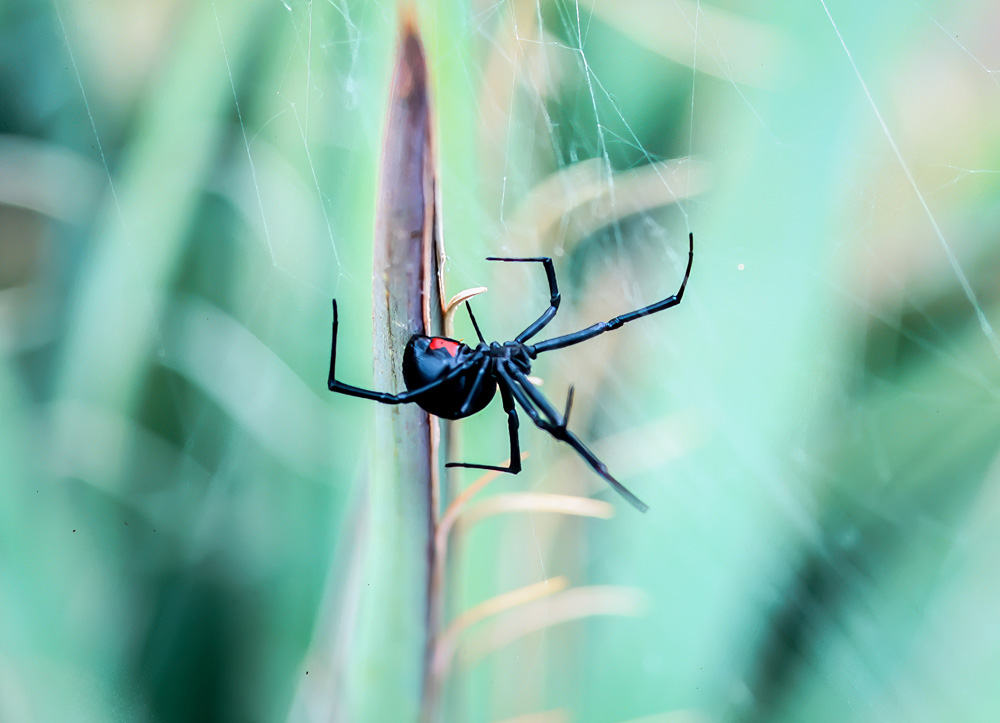
Easily recognized by their black bodies and red hourglass markings, black widows are highly venomous. Their bites can cause serious medical issues and require immediate attention.
Size, Color: Females about ½ inch long; shiny black with red or orange hourglass on the abdomen.
Identifying Characteristics: Round abdomen, long legs, and irregular tangled webs.
Where does it nest/hide? Dark, undisturbed areas—garages, sheds, crawl spaces, and woodpiles.
When does it typically reproduce? Spring and summer; females lay multiple egg sacs with hundreds of eggs.
What is it attracted to? Cluttered, sheltered spaces and insect prey caught in their webs.
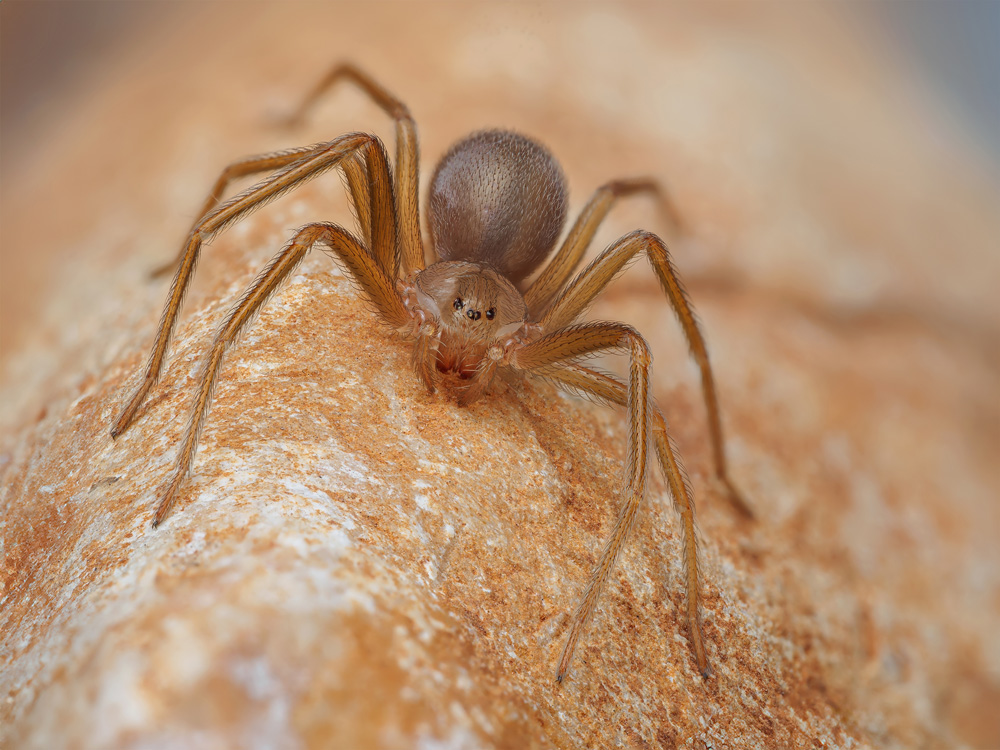
Known for the violin-shaped marking on their backs, brown recluses are dangerous indoor pests. Their bites can lead to necrotic wounds and long-lasting health problems if untreated.
Size, Color: About ¼–½ inch long; light to dark brown with darker markings on the back.
Identifying Characteristics: Six eyes (in pairs), violin-shaped pattern on the cephalothorax.
Where does it nest/hide? Closets, attics, basements, and behind furniture or stored boxes.
When does it typically reproduce? Late spring through summer; females produce several egg sacs annually.
What is it attracted to? Quiet, undisturbed areas with steady access to insect prey.
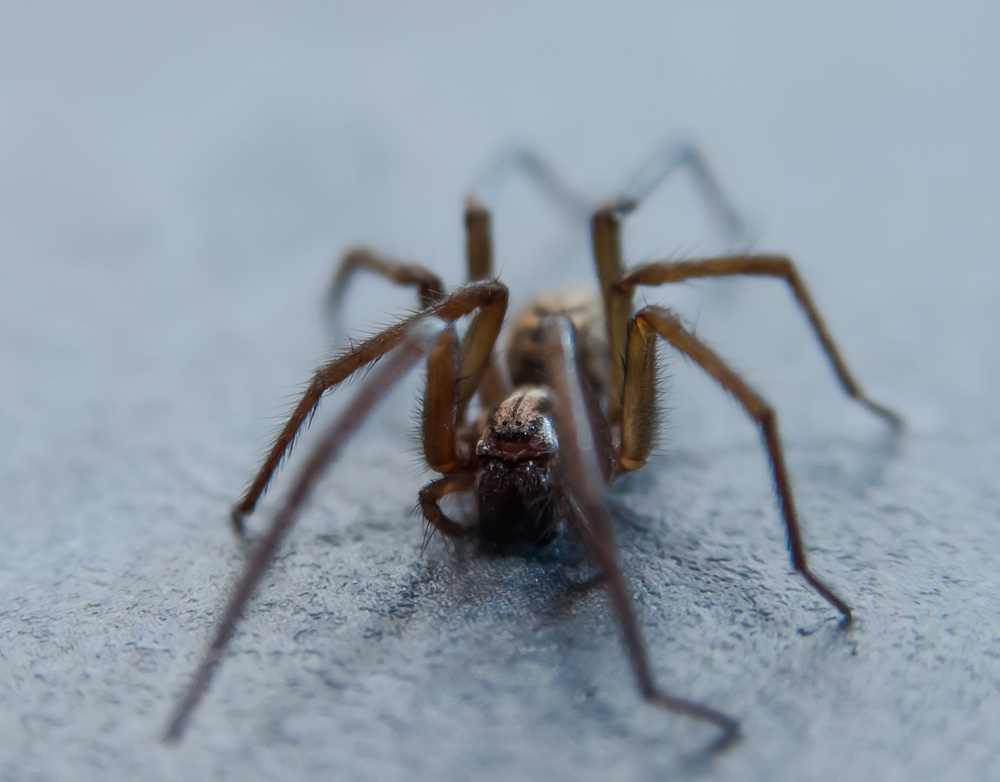
Common web-builders that live indoors year-round. Though not dangerous, they create messy webs in corners, basements, and attics, leading to an unkempt appearance.
Size, Color: About ¼ inch long; yellowish-brown with darker abdomen patterns.
Identifying Characteristics: Small, rounded body; builds cobweb-like webs in corners and windows.
Where does it nest/hide? Corners of ceilings, basements, attics, and window frames.
When does it typically reproduce? Throughout the year indoors; females lay eggs in silken sacs.
What is it attracted to? Insect prey and secluded spots free from disturbance.
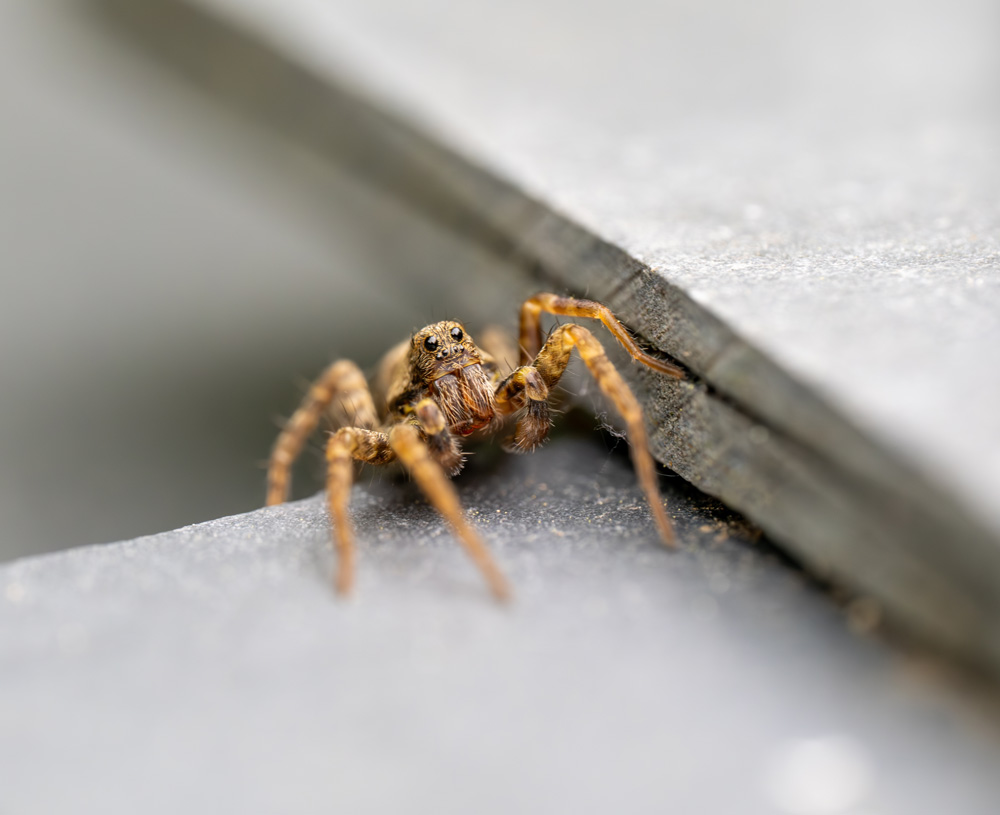
Large, fast-moving hunters often mistaken for tarantulas. Wolf spiders don’t build webs but can alarm homeowners with their size and sudden movements indoors.
Size, Color: ½ to over 1 inch long; brown or gray with darker markings and hairy bodies.
Identifying Characteristics: Prominent eyes, strong legs, and excellent vision for chasing prey.
Where does it nest/hide? Ground-level areas, basements, under debris, and in tall grass outside.
When does it typically reproduce? Spring and summer; females carry egg sacs and young on their backs.
What is it attracted to? Insects, moisture, and dark hiding spots near entryways.
Identify spider species and infestation severity
Check attics, basements, garages, and outdoor entry points
Locate webs, egg sacs, and insect activity that attracts spiders
Apply targeted treatments to webs, nests, and high-activity areas
Eliminate insect populations that serve as a food source
Treat cracks, crevices, and entryways to reduce spider movement indoors
Remove webs and egg sacs for a clean finish
Seal common entry points around doors, windows, and foundations
Schedule follow-ups to maintain a spider-free home year-round
Lorem ipsum dolor sit amet, mea ei viderer probatus consequuntur, sonet vocibus lobortis has ad. Eos erant indoctum an, dictas invidunt est ex, et sea consulatu torquatos. Nostro aperiam petentium eu nam, mel debet urbanitas ad, idque complectitur eu quo. An sea autem dolore dolores.
Spider activity often spikes as they move indoors to escape cooler weather. Brown recluse and black widow encounters become more common inside homes.
Our comprehensive pest inspection and prevention program focuses on early detection and elimination of conditions that attract unwanted pests. Through ongoing monitoring and tailored maintenance, we help ensure a safe, pest-free environment for your facilities year-round.
A proactive rodent management program reduces costly damage, contamination, and emergency callouts often associated with reactive treatments. By addressing potential issues early, LONESTAR Pest Solutions helps protect both your facilities and your budget through consistent, preventive care.
Our hassle-free scheduling and routine visits allow your team to stay focused on daily operations while we handle pest prevention behind the scenes. With reliable service you can count on, LONESTAR Pest Solutions ensures your facilities remain protected—without interruption or added effort on your part.
From effective elimination to long-term prevention, we provide more than just products — we provide peace of mind. Our professional-grade solutions are designed to target pests quickly and efficiently, while our certified experts are here to guide you every step of the way. With personalized guidance and the assurance of high-quality standards, you’ll have the confidence to take back control of your environment.
Great customer service with Team Theresa at the front desk & Cameron, my technician. They are a joy to work with. Theresa consistently like clock work schedules my appointments quarterly & timely. Cameron has done an incredible job going above & beyond maintaining my grandson’s sandbox outside – ant free! It is a such a relief. Never mind his meticulously attention to detail inside my home is much appreciated. Both Theresa & Cameron are a valuable asset to Lone Star Pest. Call them!
— Susie Gold
Lonestar does our quarterly pest control and we had to call for re-spray of our kitchen due to these 100 plus degree temperature days. They sent Eddie over right away and he was so helpful telling me to pick up dog food every day, plug drains daily, use vinegar solution for drains, and make sure they always spray an area of the custom cabinets that has a gap between the cabinets and wall. He was the best! Really educated me and was so patient and even funny as I stared wide eyed over his knowledge of all things cockroaches.
— Carolyn Wafford
Have used Lonestar for years for normal treatments inside and outside, but just recently used them for mosquito control prior to an outdoor graduation pool party. EXCELLENT RESULTS AND PHENOMENAL SERVICE! We had them do a general area fogging and then leave-behind portable remote controlled area “mister” — we haven’t seen a mosquito in two weeks!
— John Seamon
We have used Richard’s team for years. Recently we learned our neighbor’s had termites. We contacted Lone Star to learn about our options. The solution provided was better than solutions our neighbors suggested. In fact, we learned of several pitfalls that our neighbors might encounter (beyond higher cost over the long term).
— Timothy Smith